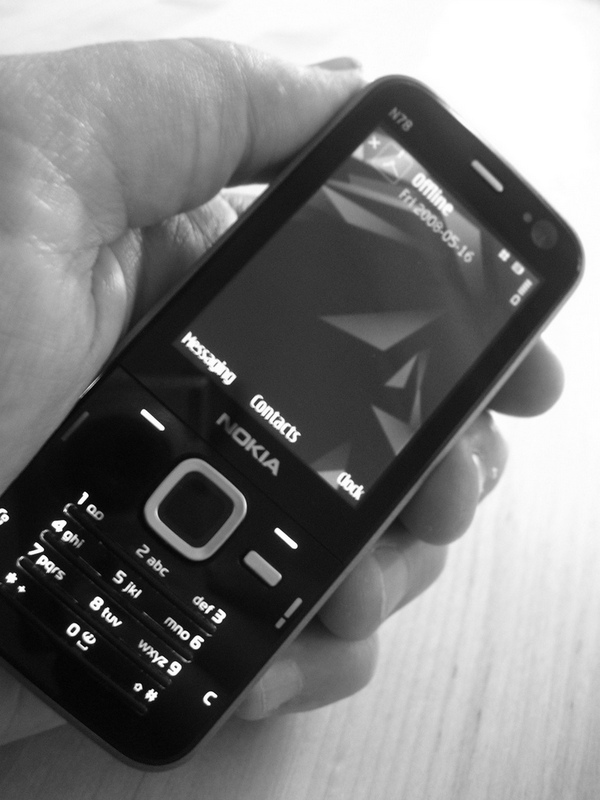 Govdelivery's annual UK Public Sector Communications Conference has become an essential part of the September calender. Why? It delivers good content. You can learn more about this year's line-up here. We take a look at one of the key speakers on the role of text messaging in comms.
Govdelivery's annual UK Public Sector Communications Conference has become an essential part of the September calender. Why? It delivers good content. You can learn more about this year's line-up here. We take a look at one of the key speakers on the role of text messaging in comms.
By Michelle Lee
Look around in a public setting. You will notice more people hunched over a mobile device to communicate or access information than ever before. More than 35 million UK residents own a mobile phone and they’re accessing their devices for an average of 3 hours and 16 minutes each day – the equivalent of almost a full day per week.
Mobile, as a marketing channel, can no longer be ignored in order to succeed in today’s world – especially in public sector communications. Accessibility, convenience, clarity, and universality make mobile an essential channel to communicate with the public.
Mobile, specifically text messaging, needs to be integrated into your overall communication strategy to maximise engagement and adoption of government programmes.
By 2016, if you don’t have a mobile strategy will be left behind. Here is why:
1. It’s everywhere. As communications get more fragmented, government needs to keep pace by communicating where people are today. Mobile marketing is not isolated to one demographic: people of varied genders, ages, cultures, and races utilise this channel.
2. It’s convenient. With text messaging, people can read and respond while on the go. Mobile presents a unique opportunity to reach more people with diverse perspectives.
3. It gets to the point. Quick and to-the-point communications resonate with the modern-day customer. In fact, the average open-ended response rate seen by our friends at Textizen is 2.5 sentences. Point blank: mobile is a clear and actionable channel.
4. It’s addictive. The average user picks up their phone more than 1,500 times per week. This translates to extremely high engagement rates via text.
5. It builds trust. Text messaging improves the level of service your organisation provides by offering simple, real-time responses to public inquiries. And, it's refreshing for public-sector organisations to speak and listen with minimal jargon.
6. It’s universal. If you aren’t communicating via text message, you are not serving your entire audience. Text messaging allows you to improve accessibility to engage rural, low-income, or diverse audiences that may not have Internet access at home or on their phones.
7. It’s empowering. Text messaging gives your audience a voice and empowers them to make an impact. While many forms of communication are one way, text messaging allows for a sense of participation with two-way communication.
8. It reduces customer service costs. Helping people “self-serve” by pro-actively providing the information they need right at their fingertips can significantly reduce call volumes and drive behaviour change.
According to a report conducted by Ericsson Mobility, mobile data traffic between 2013 and 2019 will reach a compound annual growth rate of 45 percent.
Tap into the exponential growth of mobile and reach your audience in a way that really works. Now is the time to integrate text messaging strategies into your public sector communications plan. You can learn tips to make this happen at your organisation by attending UKComm15.
Textizen will be a key presenter at our upcoming Annual UK Public Sector Communications Conference.
Michelle Lee is Textizen Product Manager, Govdelivery.
Posted as part of our support for the UK Public Sector Conference.
